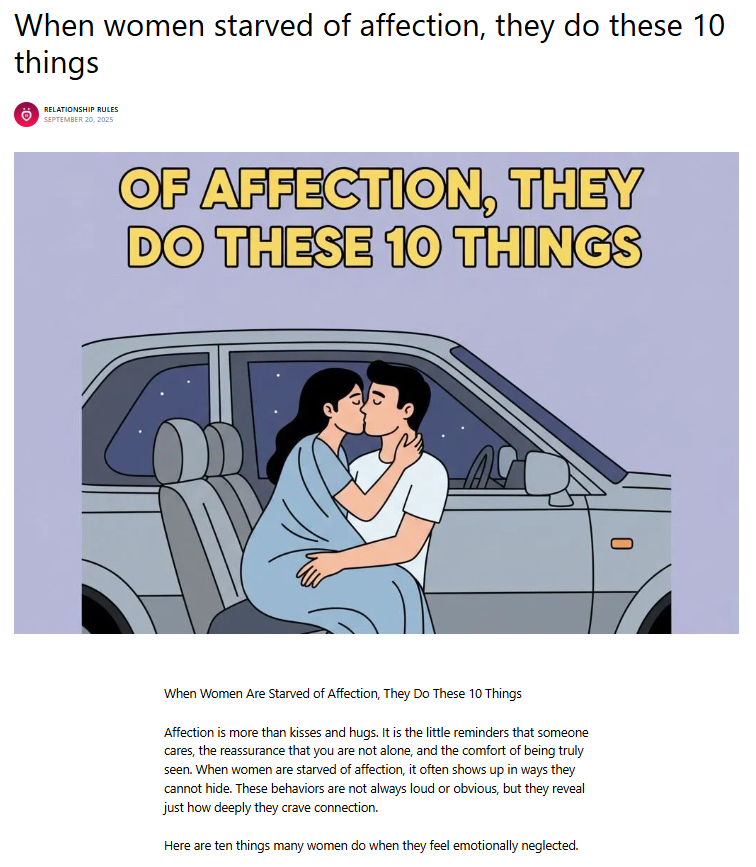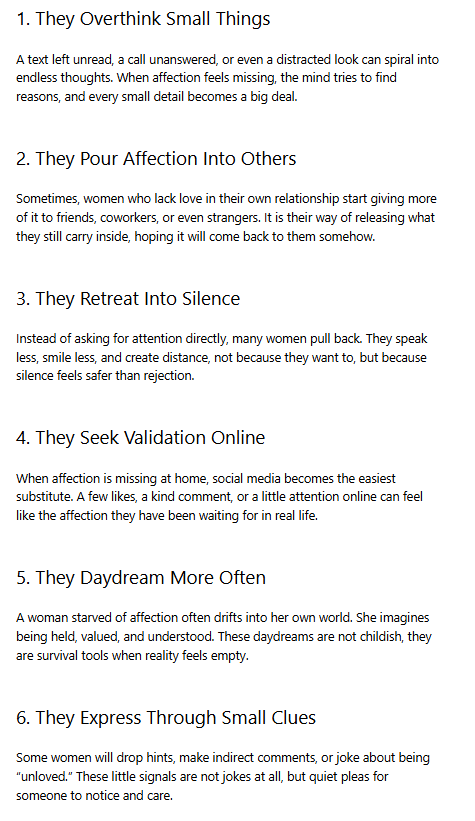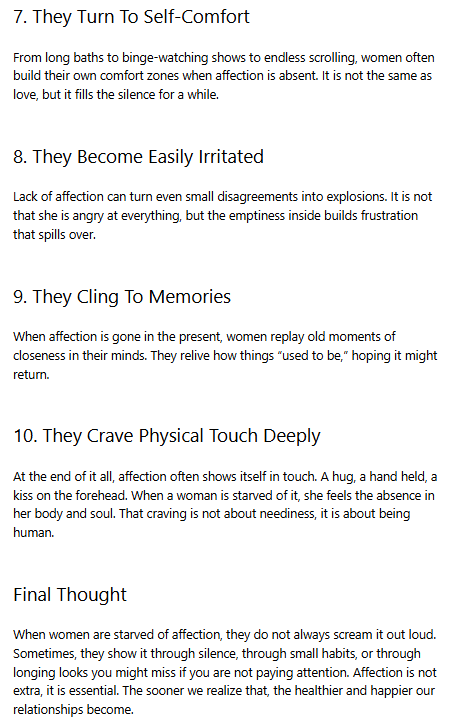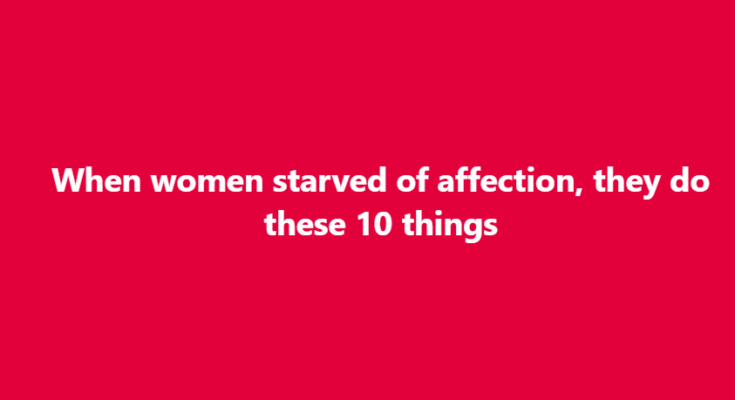In today’s fast-paced world, fatigue has become a silent enemy. Whether you’re a student trying to stay focused during long study sessions, a professional working extended hours, or an athlete striving for peak performance, mental clarity and quick reflexes are essential. Yet, with increasing workloads and digital distractions, getting enough quality sleep can feel impossible.
Enter the power nap — a short, intentional rest period designed to recharge your brain and body. Far from being a sign of laziness, power naps are now recognized by neuroscientists and productivity experts as one of the most effective ways to boost cognitive performance, enhance reaction speed, and restore mental alertness in just a few minutes.



What Exactly Is a Power Nap?
A power nap is a brief sleep session, typically lasting between 10 and 30 minutes, taken during the day to rejuvenate the mind without entering deep sleep stages. Unlike longer naps, which can cause grogginess (known as sleep inertia), a properly timed power nap keeps you in the lighter stages of non-rapid eye movement (NREM) sleep — enough to refresh your brain but short enough to avoid that sluggish feeling upon waking.
Most people find the early afternoon, usually between 1:00 PM and 3:00 PM, the ideal time for a nap. This period coincides with a natural dip in our circadian rhythm — that post-lunch lull when energy levels and alertness tend to decline. Taking advantage of this window can reset your focus and prepare you for the rest of the day with renewed clarity.
The Science Behind Power Naps and Brain Function
To understand why power naps work, it’s important to look at what happens in the brain during sleep. Throughout the day, your brain accumulates adenosine, a chemical that promotes sleepiness and mental fatigue. A short nap helps clear out some of this adenosine, reducing the feeling of tiredness and restoring alertness.
During light sleep, neural pathways responsible for learning, memory, and decision-making are refreshed. Even a 10–20 minute nap can restore optimal functioning of the prefrontal cortex — the part of the brain involved in problem-solving, reasoning, and response time. This is why after a short nap, tasks that require quick thinking and reflexes often become easier.
Research from NASA and the National Institutes of Health has shown that power naps can improve reaction time by as much as 30–40%, while also boosting accuracy and attention span. For astronauts and pilots, where split-second decisions matter, these findings have made short naps an essential part of fatigue management strategies.
How Power Naps Improve Reaction Speed
Reaction speed isn’t just important for athletes or gamers — it plays a vital role in everyday activities such as driving, typing, or responding during conversations. Mental fatigue slows neural processing, causing delayed responses and errors in judgment.
Power naps counteract this by giving the nervous system a mini-reset. During the nap, the brain reorganizes and consolidates short-term information. This quick “software reboot” improves synaptic efficiency, which means your brain’s communication pathways fire faster and more accurately.
In controlled studies, participants who took short naps before performing reaction-time tests consistently outperformed those who stayed awake. Their reflexes were sharper, and they made fewer mistakes, even when they were previously sleep-deprived.
Athletes in particular can benefit from this effect. Sports like tennis, basketball, or racing rely heavily on rapid decision-making. Taking a well-timed nap before practice or competition can improve physical coordination, speed, and responsiveness — all key factors for peak performance.
The Role of Power Naps in Enhancing Mental Alertness
Mental alertness is your ability to maintain focus, process information quickly, and stay aware of your surroundings. Over time, prolonged concentration leads to mental fatigue, reducing productivity and increasing errors. A short nap acts as a natural mental stimulant — without caffeine or sugar crashes.
After waking from a power nap, many people experience an immediate sense of clarity. This happens because the nap helps restore neurotransmitters like dopamine and norepinephrine, which regulate attention and motivation. You feel more awake, less irritable, and ready to tackle complex tasks with renewed enthusiasm.
Corporate studies have shown that employees who nap briefly during the day report higher job satisfaction, fewer mistakes, and improved creativity. Even major companies like Google and NASA have introduced designated nap spaces to encourage short rest breaks as part of their productivity strategy.
The Optimal Length for a Power Nap
Timing is everything when it comes to napping. Too short, and you may not feel refreshed. Too long, and you might enter deeper stages of sleep, which can make you groggy and disoriented.
Here’s a general guide:
- 10–15 minutes: Best for a quick mental recharge. Increases alertness and focus almost immediately.
- 20–25 minutes: Improves reaction speed, short-term memory, and learning ability.
- 30 minutes or more: May lead to sleep inertia but can be beneficial if you’re significantly sleep-deprived.
For most people, the sweet spot lies around 20 minutes. Setting an alarm helps prevent oversleeping and ensures you wake up during the lightest sleep stage.
Tips for the Perfect Power Nap
- Choose the right environment: Find a quiet, dimly lit place where you won’t be disturbed. Noise-canceling headphones or white noise can help block distractions.
- Get comfortable but not too cozy: Recline in a chair or lie down, but avoid full bedtime comfort — you want to rest, not fall into deep sleep.
- Keep it consistent: Try to nap around the same time each day to train your body into a rhythm.
- Use caffeine strategically: Some people use the “coffee nap” technique — drinking coffee right before a 20-minute nap. The caffeine kicks in as you wake, doubling the alertness effect.
- Cool and dark: Lowering the room temperature and minimizing light helps you fall asleep faster.
Power Naps vs. Energy Drinks: The Healthier Choice
When energy dips, many people reach for caffeine, sugary snacks, or energy drinks. While these can provide a temporary boost, they often lead to a crash later. Power naps, on the other hand, provide genuine physiological recovery.
They enhance mental alertness without raising heart rate, spiking blood sugar, or disrupting nighttime sleep cycles. Over time, this makes them a much healthier, more sustainable solution for combating fatigue.
How Power Naps Impact Long-Term Brain Health
Beyond immediate alertness and faster reactions, regular power naps may also support long-term brain health. Studies suggest that short naps help reduce stress hormones, stabilize mood, and improve emotional regulation.
In addition, brief sleep sessions encourage neural plasticity — the brain’s ability to adapt and form new connections. This supports learning and memory retention, keeping the brain agile even as we age. People who nap moderately (without overdoing it) also tend to have better cardiovascular health and lower inflammation levels.
Overcoming the Stigma of Napping
Despite the proven benefits, some people still view napping as unproductive or lazy. However, leading companies and high-performance professionals are beginning to change that perception. From tech innovators to elite athletes, many now schedule daily power naps as part of their performance routines.
In fact, some of history’s greatest minds — including Albert Einstein, Leonardo da Vinci, and Winston Churchill — were devoted nappers. They understood that short rest breaks were not time lost but energy regained.
Conclusion: Recharge, React, and Refocus
Power naps are one of the simplest yet most effective ways to restore mental clarity and enhance reaction speed. Just 20 minutes of rest can sharpen your thinking, boost productivity, and improve your ability to respond quickly in any situation.
As our modern lives demand ever-increasing levels of focus and adaptability, learning to harness the science of rest could be the key to sustainable performance. So the next time you feel your concentration slipping, don’t reach for another cup of coffee — close your eyes, set a timer, and let a short nap work its quiet magic.



